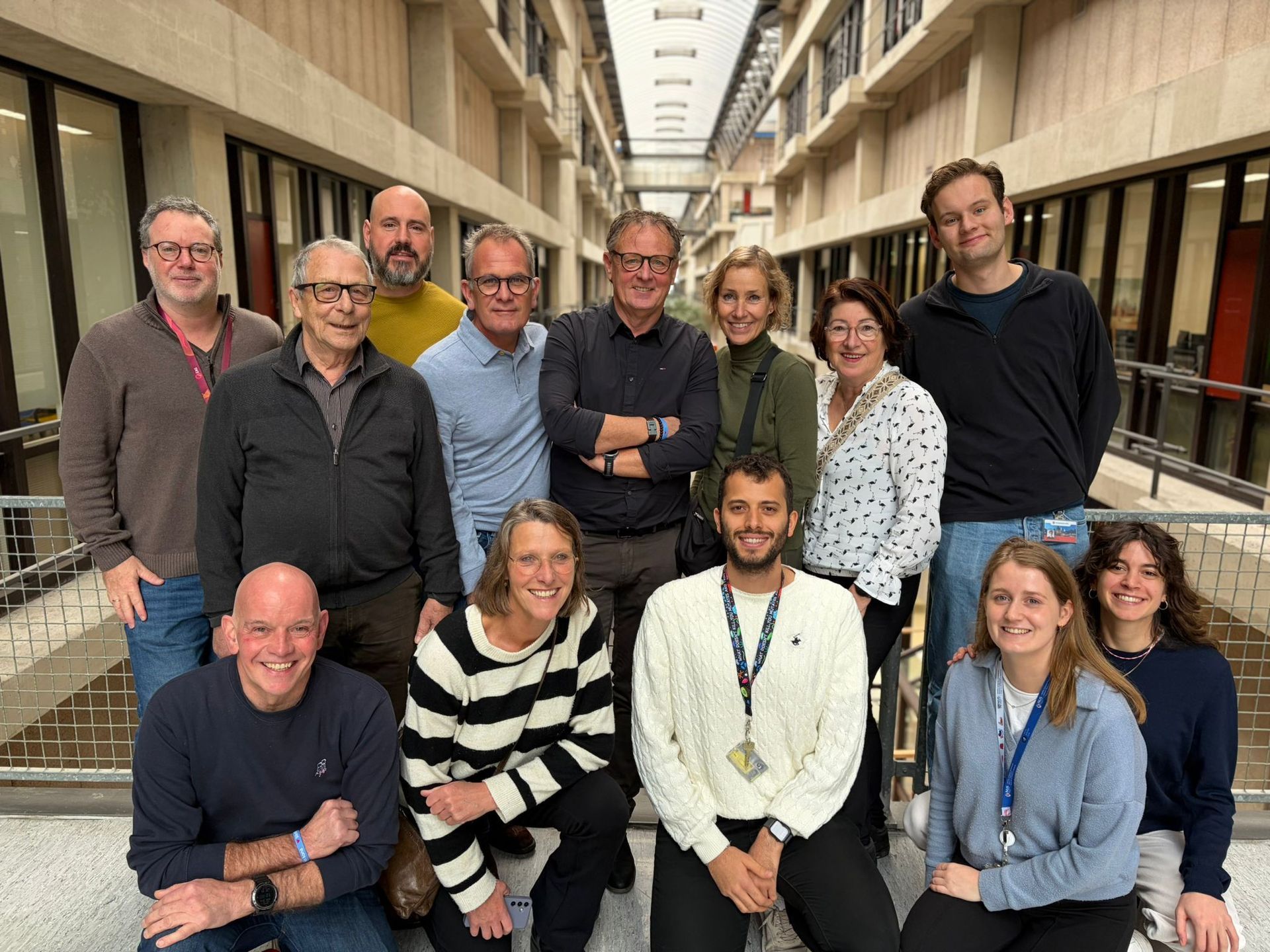Van Steen et al

Abstract
The endothelial lining of blood vessels is covered with a thin polysaccharide coat called the glycocalyx. This layer of polysaccharides contains hyaluronan that forms a protective coat on the endothelial surface. Upon inflammation, leukocytes leave the circulation and enter inflamed tissue by crossing inflamed endothelial cells, mediated by adhesion molecules such as ICAM-1/CD54. To what extent the glycocalyx participates in the regulation of leukocyte transmigration is not clear. During extravasation, leukocyte integrins cluster ICAM-1, resulting in the recruitment of a number of intracellular proteins and subsequent downstream effects in the endothelial cells. For our studies, we used primary human endothelial and immune cells. With an unbiased proteomics approach, we identified the full ICAM-1 adhesome and identified 93 new subunits of the ICAM-1 adhesome. Interestingly, we found the glycoprotein CD44 as part of the glycocalyx to be recruited to clustered ICAM-1 specifically. Our data demonstrate that CD44 binds hyaluronan to the endothelial surface, where it locally concentrates and presents chemokines that are essential for leukocytes to cross the endothelial lining. Together, we discover a link between ICAM-1 clustering and hyaluronan-mediated chemokine presentation by recruiting hyaluronan to sites of leukocyte adhesion via CD44.


